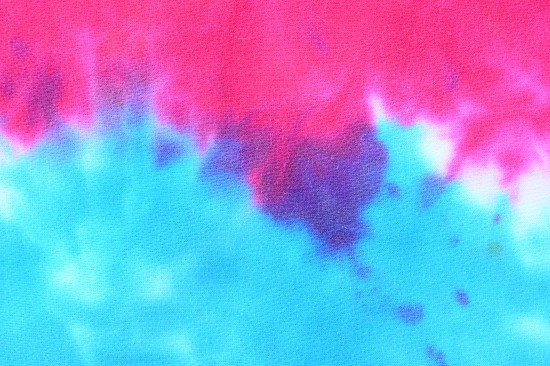Tie Dye is an art–or a composition of several arts–of much variation. Tie dying creates images geometric, random or representational, and chance also contributes to the result. The artisan or artist shapes the work to a chosen degree, but human control cannot be absolute.
 Tie dying originates in 8th century Japan and Indonesia with Shirabori (a Japanese word referring to an object wrung, squeezed or pressed). Shirabori encompasses a wide variety of resist-dying techniques.
Tie dying originates in 8th century Japan and Indonesia with Shirabori (a Japanese word referring to an object wrung, squeezed or pressed). Shirabori encompasses a wide variety of resist-dying techniques.
From Japan’s many shirabori techniques, two were employed internationally. In Malaysia and 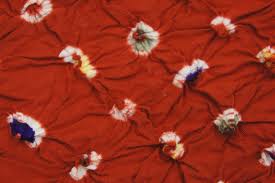 Indonesia, plangi was picked up–a technique of gathering and binding cloth–as well as tritik, a stitch resist textile painting process. In India, bandhani was and is a
Indonesia, plangi was picked up–a technique of gathering and binding cloth–as well as tritik, a stitch resist textile painting process. In India, bandhani was and is a 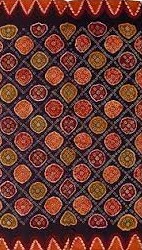 process of plucking and binding cloth in small points.
process of plucking and binding cloth in small points.
Various cultures have used resist dying for at least 6000 years–in now-Columbia, Peru, the Silk Road, the Middle East and the Indian subcontinent, although most of this was dying of threads before sewing, which could not be considered tie dying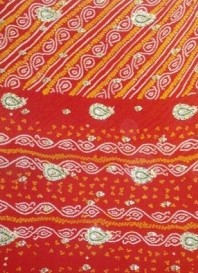
Dying was done using berries, lichen, flowers, shrubs, vegetables, nuts and other natural dies on plant fibers from cotton, hemp and rayon and animal fibers like wool, depending on the materials available in the region.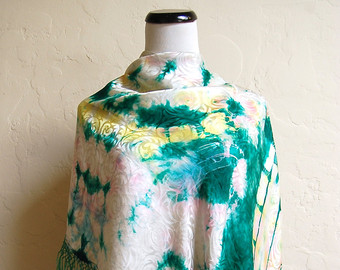 In the U.S. in the 1920s, directions were given on how to decorate homes and clothing using tie dye (for more example of tie dying in the 1920s, click here).
In the U.S. in the 1920s, directions were given on how to decorate homes and clothing using tie dye (for more example of tie dying in the 1920s, click here).
Tie dye was picked up again in the 1960s by the hippie movement, who wore tie dye clothes and decorated their houses, vehicles and album covers with tie dye patterns. To see actual video footage of the first hippie tie dye experience, on an acid trip at a river along the trip taken by the Bus Further, click here.
the first hippie tie dye experience, on an acid trip at a river along the trip taken by the Bus Further, click here.
By Joseph Reight
